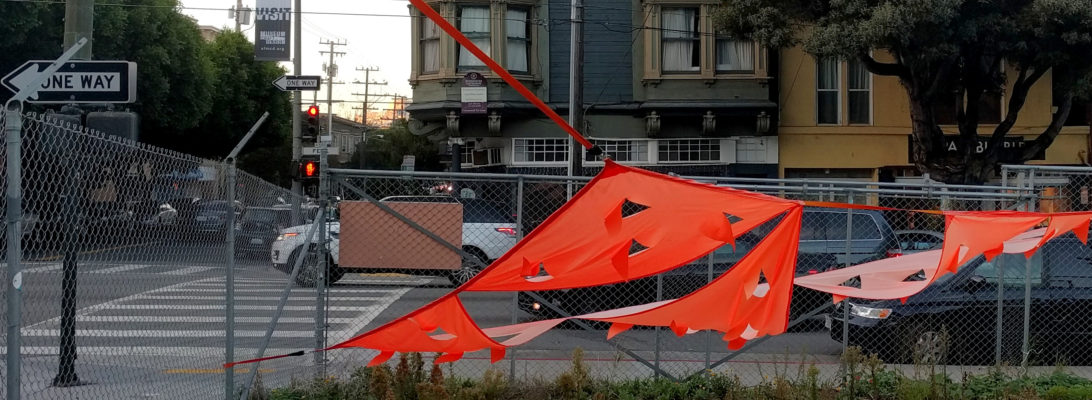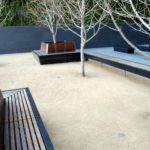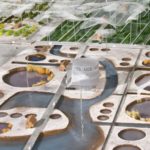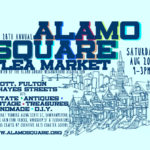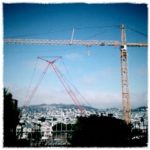Do you think increased fines will actually make people care about parking blocking the sidewalk? Or crosswalks? Or handicap-accessible curb cuts? There is an SFMTA meeting upcoming on increasing fines on many of these daily occurrences. Have you ever seen anyone out enforcing?
I often see the little SFMTA parking carts (operators wearing bicycle helmets, hilarious because they could just BE riding a bike .… ) around, mainly ticketing street parkers due to overtime limits and street parking. I’ve never seen them ticket any of the obvious sidewalk parkers. In my luckily brief experience as a member of the disabled community, where I didn’t have the “option” to walk or get on/off a curb, I was shocked at how careless car owners were. You’ve already read my thoughts on how the curb cuts and garages rampant in San Francisco detract from the streetscape, make the sidewalks less attractive and pleasant to walk on (since can vehicles can pull in and out of them at will), and contribute to the impermeable landscape that characterizes much of the city. Not only that, but most of the time when a car is not totally bocking the sidewalk, the part that’s behind the bumper is often slanted into the road – making it totally impassable for me on my scooter, as well as it would be dangerous for a baby stroller or an elderly person. Not to mention healthy people – why should they have to walk into oncoming traffic simply because someone believes that a curb cut means “personal driveway here”?
The fact of the matter is, at present, parking on the sidewalk is illegal in San Francisco and carries with it a $105 fine – reason enough to stop skirting the issue and realize it’s just not done.
I am able to function in a world where I drive, ride a bike, walk, take public transit, run, etc. and obey the general rules of decency for each mode. It’s because I’m not a “cyclist” or a “driver” or a “pedestrian” – I’m just a person, who lives in a city, around other people (currently San Francisco) and don’t believe that the way I cart myself around exempts me from behaving in a normal and courteous way, or has somehow imbued me with special rights.
Obviously, congestion, parking and transit issues, and cost are all especially present for most San Franciscans – these issues will likely continue to cause aggravation over the next decade. I hope to work with you and others to come up with workable solutions to these problems that can improve quality of life and make San Francisco a beautiful and safe place to live. Property value, neighborhood attractiveness and photogenic homes are not created by paving over landscaping and parking a car on it. While tourists may congregate in certain areas of San Francisco – the Piers, North Beach, Chinatown – the rest of the neighborhoods do not deserve to have their gorgeous historical homes and sweeping vistas of hill and ocean marred by unsafe walking conditions, paved over outdoor spaces, and cracked, algae-covered concrete instead of attractive landscaping, treeboxes, benches, hedges or vines.
